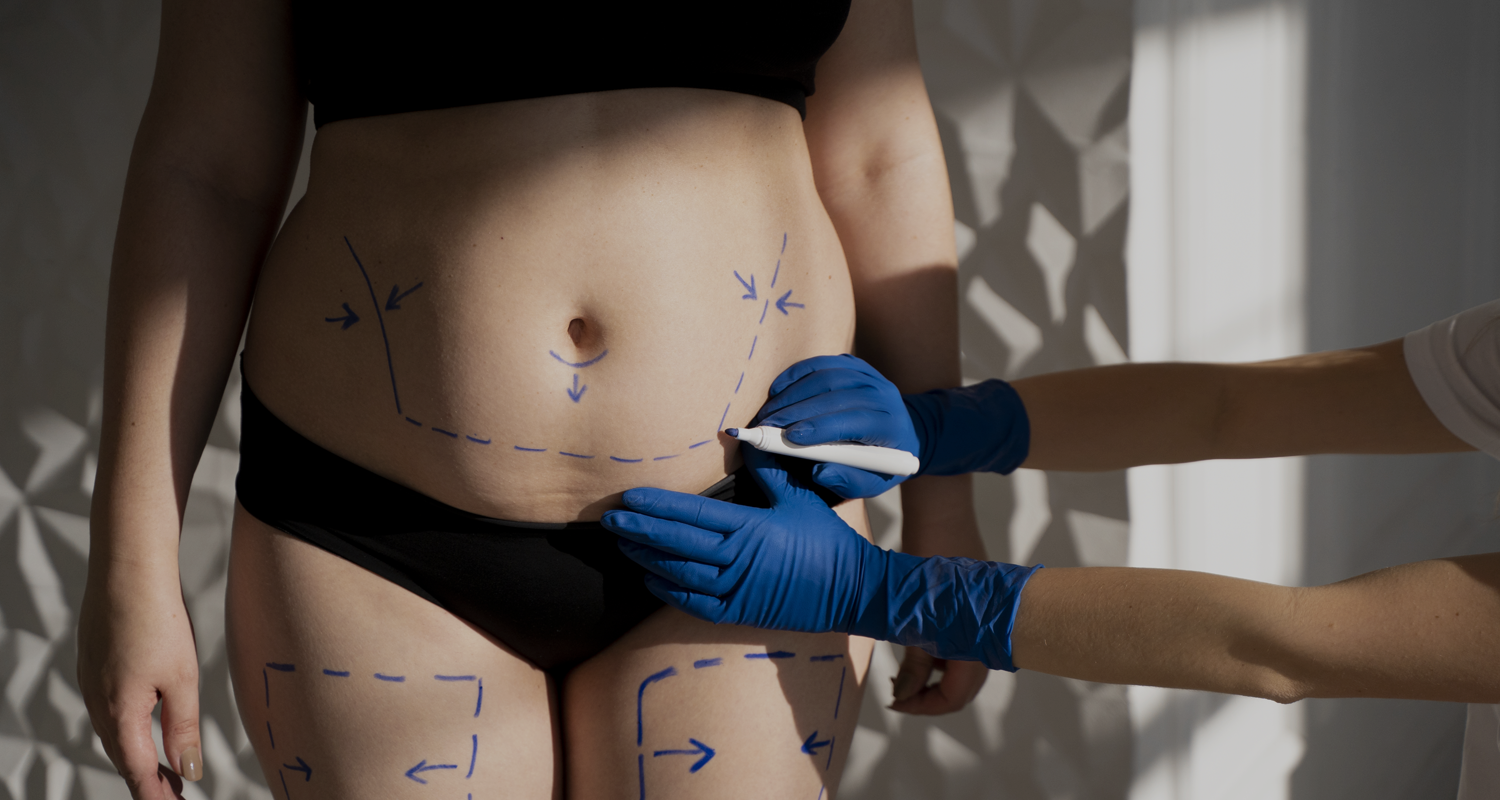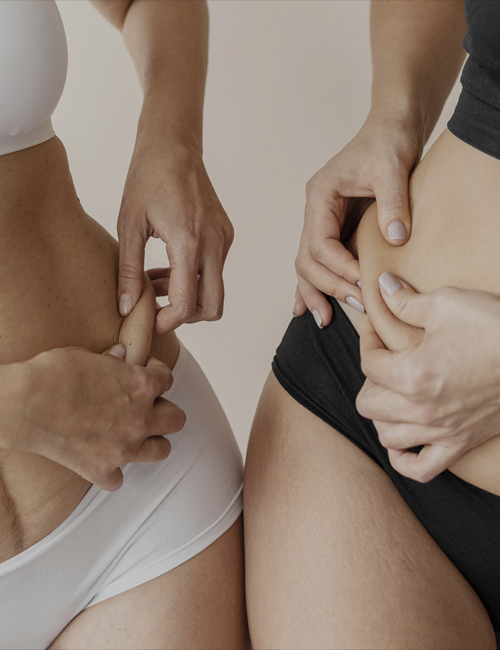Fat Transfer
Fat transfer, also known as fat grafting or fat injection, is a procedure that transfers excess fat from areas such as the outer thighs and injects it into areas where you may lack volume, such as your hands, face, breasts, or buttocks.

Fat Transfer:
"Enhance Your Natural Beauty with the Power of Fat Transfer."
Fat transfer is one of the most popular body contouring cosmetic procedures. The procedure allows patients to remove fat from one part of their body, then reuse that fat to naturally augment another part of their body. Frequently, patients find this procedure useful in adding more volume to their buttocks.
It can also be used to restore volume to parts of the body that tend to lose it with age, such as the hands or face.
Goals of Procedures
- Restore Volume and Contour:
Fat transfer is designed to restore volume in areas that have lost fullness due to aging, weight loss, or genetics. Common areas include the face, breasts, buttocks, and hands. - Achieve Natural-Looking Results:
Since the procedure uses your own fat, the results are natural in appearance and feel, providing subtle enhancements without the risk of allergic reactions or complications often associated with synthetic implants. - Improve Facial Aesthetics:
Fat transfer can address volume loss in the cheeks, under-eye area, and temples, giving the face a youthful, rejuvenated look. It also softens wrinkles and fine lines by filling in hollows and sunken areas. - Enhance Body Proportions:
The procedure can be used for body contouring, such as enhancing the buttocks (Brazilian Butt Lift) or correcting breast asymmetry, creating a more balanced and proportionate silhouette. - Non-Synthetic Breast and Buttock Augmentation:
Fat transfer provides a more natural alternative to implants for breast and buttock enhancement, with the added benefit of liposuction in the donor area, which can help reduce excess fat. - Rejuvenate Hands and Other Areas:
Fat transfer can also be used to restore volume to the hands, reducing the appearance of aging by filling in hollow areas and smoothing out wrinkles and veins. - Minimal Risk and Recovery:
Because the procedure uses your own fat, the risk of complications is lower compared to implants or synthetic fillers. Recovery times are typically shorter, and the results are long-lasting as the body gradually absorbs the fat.
Procedure time
The fat transfer procedure typically takes between 1.5 to 3 hours, depending on the areas being treated and the amount of fat being transferred.
Number of nights in hospital
Fat transfer is generally an outpatient procedure, meaning you can usually go home the same day. In rare cases, if a large volume of fat is being transferred or if there are complications, an overnight stay might be recommended.
Recovery
Full recovery usually takes about 2-4 weeks. Swelling should subside, and you can gradually resume normal activities, including exercise, after 4-6 weeks. Results typically continue to improve as the fat settles into place over the first few months.
Frequently Asked Question
Questions you might ask about our services.
Abdominoplasty, or tummy tuck, is a procedure to remove excess skin and fat from the abdomen, often tightening muscles to create a firmer, flatter appearance.
Most people can return to light activities within 1-2 weeks, but full recovery typically takes 4-6 weeks.
It may reduce stretch marks below the belly button if they’re part of the skin that’s removed, but it won’t eliminate all stretch marks.
Results are generally long-lasting if you maintain a stable weight, but weight changes or pregnancy can affect the outcome over time.
Yes, when performed by a qualified surgeon, abdominoplasty is generally safe. As with any surgery, there are risks, so it's important to discuss these with your surgeon.







